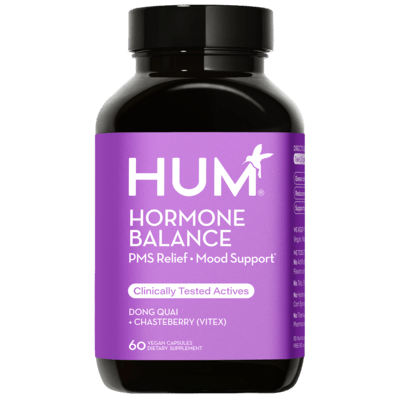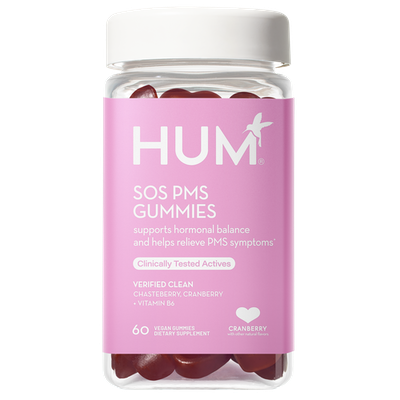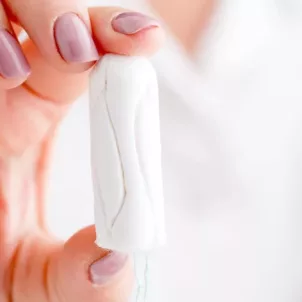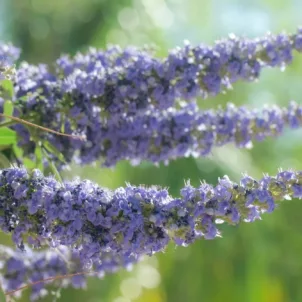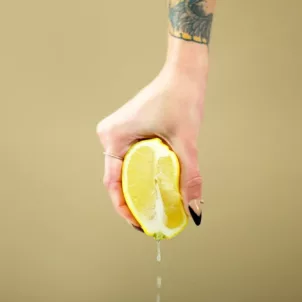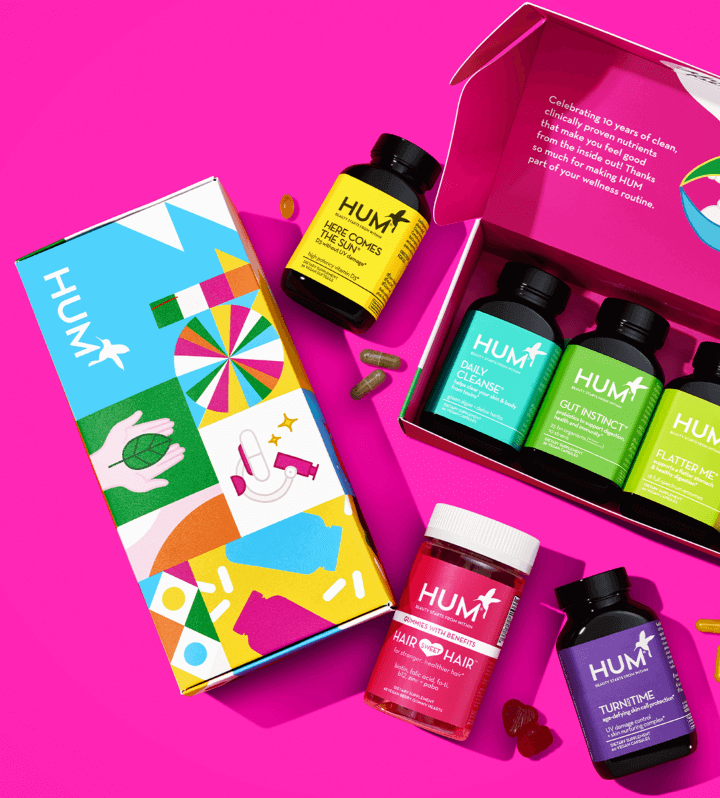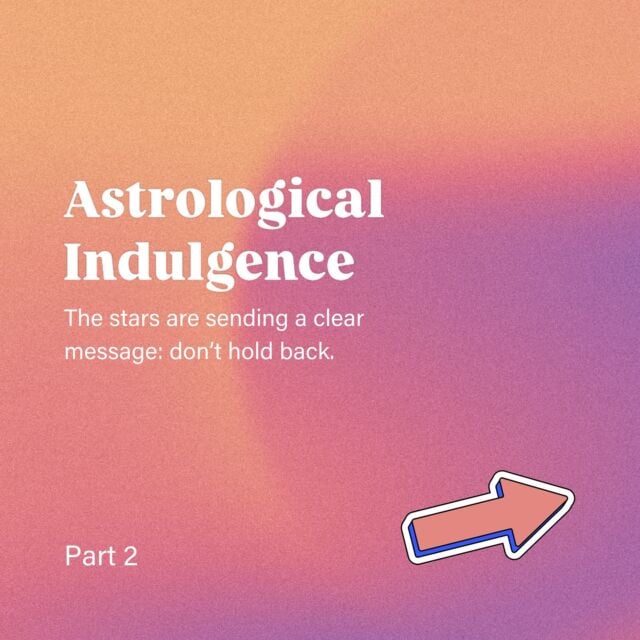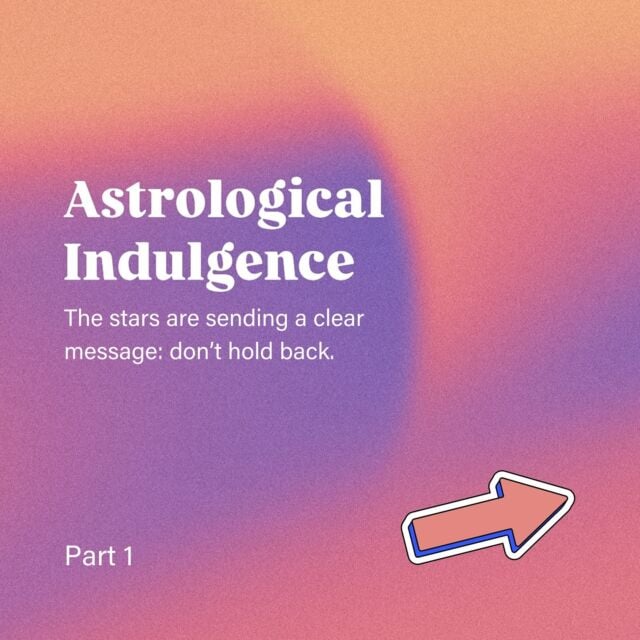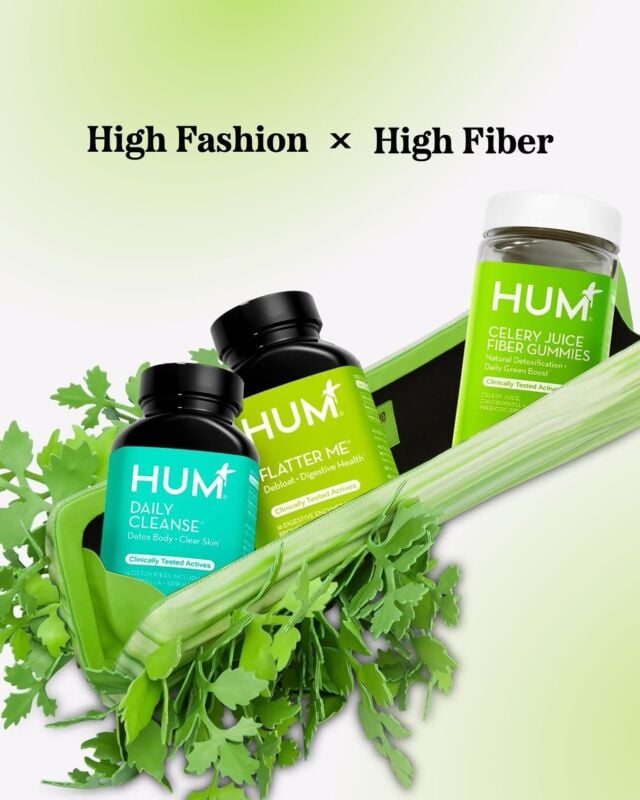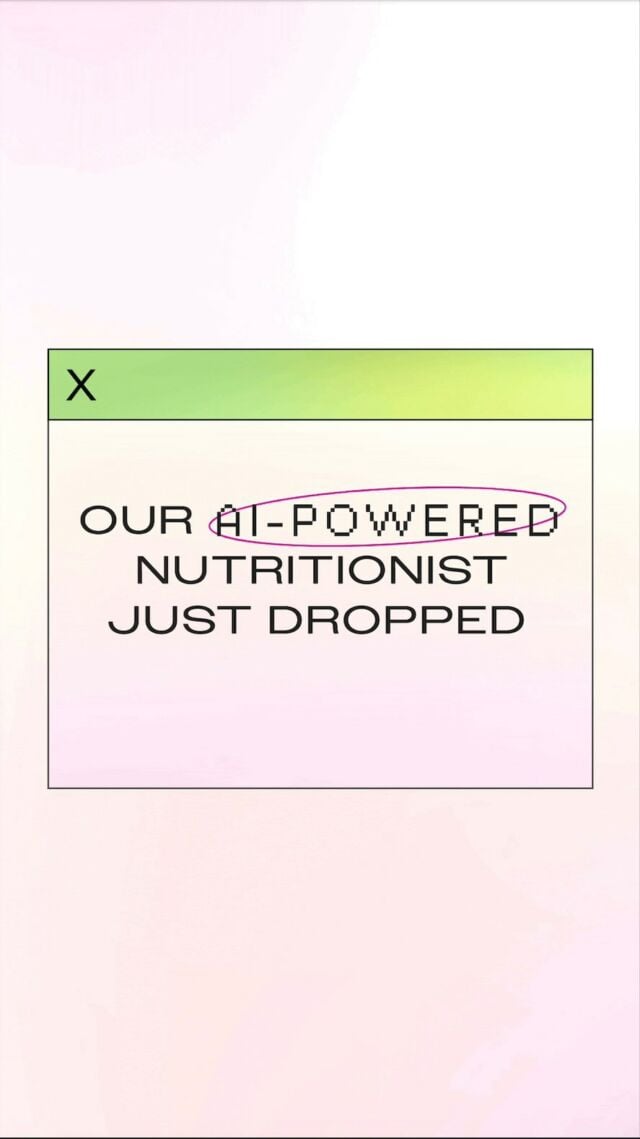Why Herbalists Swear By Chasteberry for PMS
Read on to learn about the benefits of chasteberry for PMS, women’s hormonal balance, and more. Plus: supplements that pack this powerful herb for major relief from PMS symptoms.
There’s nothing worse than period fatigue, headaches, breast pain, and more that can arrive each month. If you’re tired of reaching for over-the-counter pain killers, there are also herbal remedies that could potentially bring relief to your PMS symptoms. Among the vast and varied staples in an herbalist’s arsenal, chasteberry takes center stage when it comes to hormonal well-being. Chasteberry is a trusted ally for menstrual relief. In fact, it just may be your monthly superhero.
Scroll on to see why experts recommend chasteberry for PMS and the other chasteberry benefits you should take advantage of.
What Is Chasteberry?
Chasteberry (aka vitex) is native to Central Asia and the Mediterranean. Belonging to the Verbenaceae family, the deciduous chaste tree (though it’s really more of a shrub) produces gorgeous violet flowers and medicinal berries that resemble peppercorns.
Chasteberry contains numerous medicinal constituents that give the plant its unique and powerful healing ability. Among them are:
- essential oils
- iridoids
- diterpenoids
- flavonoids
The medicinal use of chasteberry dates back to ancient Greece. It flirts with celebrity, making an appearance in The Iliad, as well as writings from Pliny the Elder. Then, perhaps the most intriguing lore is that monks used it in monasteries to subdue sexual desires. (Spoiler alert: This isn’t a thing.) For that reason, it’s also known by the name “monk’s pepper.”
While this claim of lowering libido is now debunked, chasteberry is touted as one of the most effective herbs to relieve PMS symptoms.
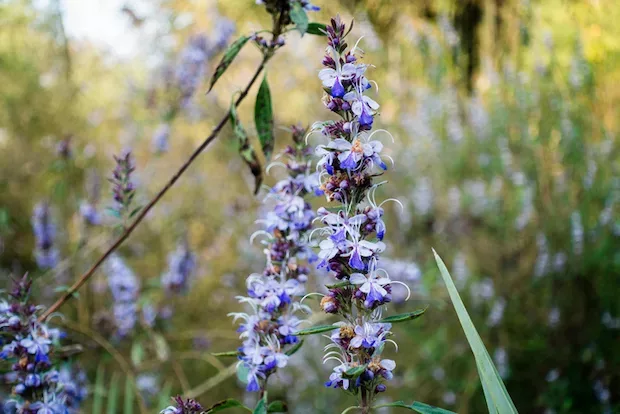
Chasteberry for PMS
While this herb boasts a multitude of benefits, it’s perhaps best known for its power against PMS.
If you have any range of symptoms, from moodiness to bloating, you might take chasteberry for PMS. There’s also evidence that it can aid in the relief of menstrual-related:
- headache
- stress
- fatigue
- sleep issues
Plus, it has a particularly good track record when it comes to treating cyclical mastalgia, or menstrual-related breast pain.
Experts also might recommend chasteberry for PMDD, or Premenstrual Dysphoric Disorder, a more severe form of PMS. It’s been shown in a clinical review to provide at least some relief for both the physical and psychological symptoms of PMDD, which can include headache, cramps, swelling and bloating, gastrointestinal irritation, anger, insomnia, and depression. However, there isn’t conclusive evidence that chasteberry can definitely diminish PMS or PMDD symptoms.
How Chasteberry Works
There’s still some mystery to the mechanism by which chasteberry works. However, experts suspect that by decreasing levels of prolactin (a stress hormone influenced by the menstrual cycle) the plant helps in the management of cyclic mastalgia. Chasteberry can also influence dopamine production, which may have a positive effect on relieving breast tenderness.
Another theory on why chasteberry improves symptoms of PMS is that it ups the production of luteinizing hormone (a hormone that triggers ovulation), while simultaneously reducing the production of follicle-stimulating hormone in the pituitary gland. This helps to balance sex hormones by lowering estrogen levels and increasing progesterone levels, therefore providing some PMS symptom relief, explains Leena Guptha, PhD, ND, DO, Academic Dean of Online Education at Pacific College of Health and Science.
Simply put, chasteberry helps regulate hormones in people who menstruate, therefore decreasing the side effects of PMS and other hormone-related issues.

Other Benefits of Chasteberry
In addition to the benefits of chasteberry for PMS, here are a few other ways in which this herb is potently protective.
It May Relieve Candida Overgrowth
Chasteberry is a powerful antimicrobial, as well as a valuable weapon against conditions that have become resistant to chemical solutions.
Studies show that this plant is particularly successful in treating drug-resistant candida albicans. For those who are unfamiliar, candida overgrowth is the most common culprit of vaginal yeast infections.
If you ask me, chasteberry really deserves a parade and a key to the city.
It May Help Clear Acne
Then, while the verdict is still officially out, a few studies suggest that its hormone-balancing properties may help clear acne (and its antimicrobial properties won’t hurt either when it comes to banishing acne-causing bacteria).
It May Boost Fertility
This is not to say that taking chasteberry will immediately result in you getting pregnant. However, studies have shown that it can potentially be used to treat fertility issues in people of all genders. This is because the linoleic acid in the plant binds to estrogen receptors and can help balance sex hormones and your menstrual cycle.
How To Take Chasteberry for PMS
You can take chasteberry for PMS in capsules, gummies, or tincture form. Note that it’s best to take capsules with food. Another option is to take dried chasteberry to ingest the fruit in all of its glory.
The dosage and formulation varies based on the brand of chasteberry supplement. HUM’s Moody Bird contains 300 mg of chasteberry, or Vitex agnus castus, that has been verified by independent labs for potency. It also contains dong quai, a root shown to balance estrogen levels and help relieve menstrual cramps.
In the mood for a tasty alternative? Check out HUM’s SOS PMS gummies with clinically tested chasteberry extract, 50 mg standardized to 1.5 percent agnusides. (Get to know our PMS gummies here, which covers why these numbers are important.) It also offers cranberry juice powder for a healthy urinary tract and vitamin B6 for mood support.
Who Should Be Aware Of Chasteberry Side Effects
Generally, side effects of chasteberry are mild (if present at all). That said, some potential side effects include upset stomach, rash or itching, dizziness, hair loss, and fatigue, says Dr. Guptha.
As effective as it is, some people shouldn’t take chasteberry for PMS.
First, there’s one very important red flag: Chasteberry may render oral contraceptives less effective. Sadly, if you’re on the pill, you’ll likely want to skip this herbal supplement for now. Or, at the very least, if you’re mixing the two and are sexually active, be sure to back it up with a second form of contraception.
Then, it’s not recommended for people who are pregnant or breastfeeding. In addition, it hasn’t been confirmed as safe for children.
“It may not be safe for women with hormone-sensitive conditions, such as breast, uterine, or ovarian cancer,” adds Dr. Guptha. “Because chasteberry can alter progesterone and possibly estrogen levels in your body, women with hormone-related conditions such as breast cancer should not use chasteberry.” Finally, for patients on hormone replacement therapy, a doctor’s supervision is also mandatory, as it may make hormone therapies less effective.
Otherwise, if none of these conditions apply, chasteberry may be a beneficial ally in your monthly battle against PMS.
Final Thoughts
While we could sing the praises of chasteberry for PMS all day long, this is one plant that speaks for itself. The next time PMS rears its ugly head, take a deep breath and reach for your new best friend.
Looking for more period support? Check out these vitamin recommendations for hormonal imbalance and five natural ways to relieve period cramps.
